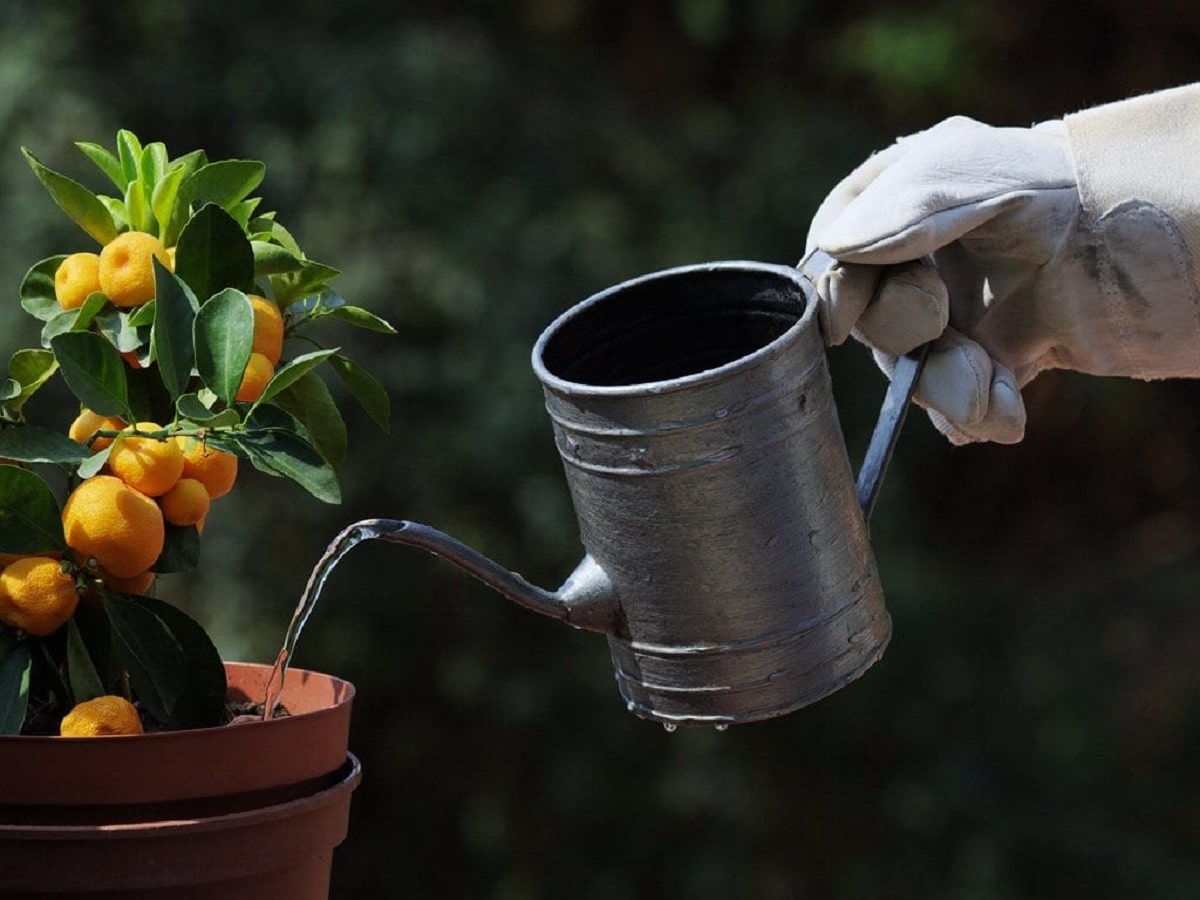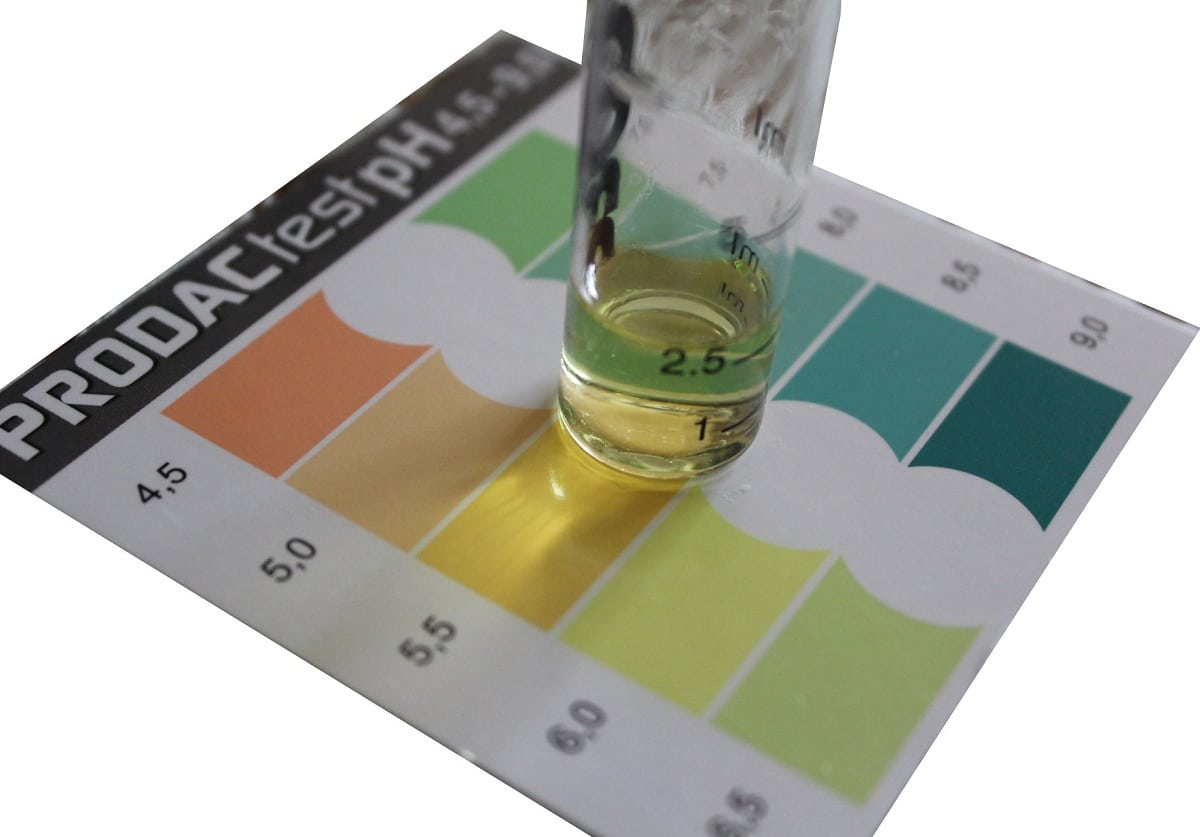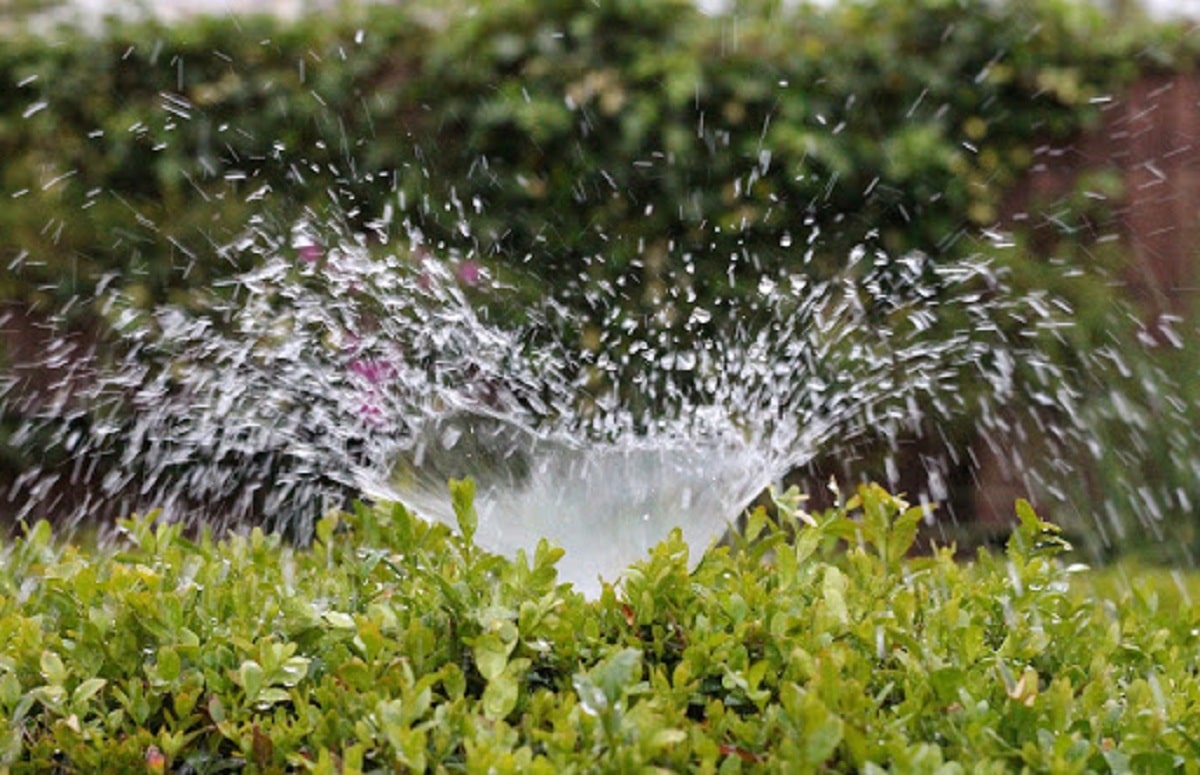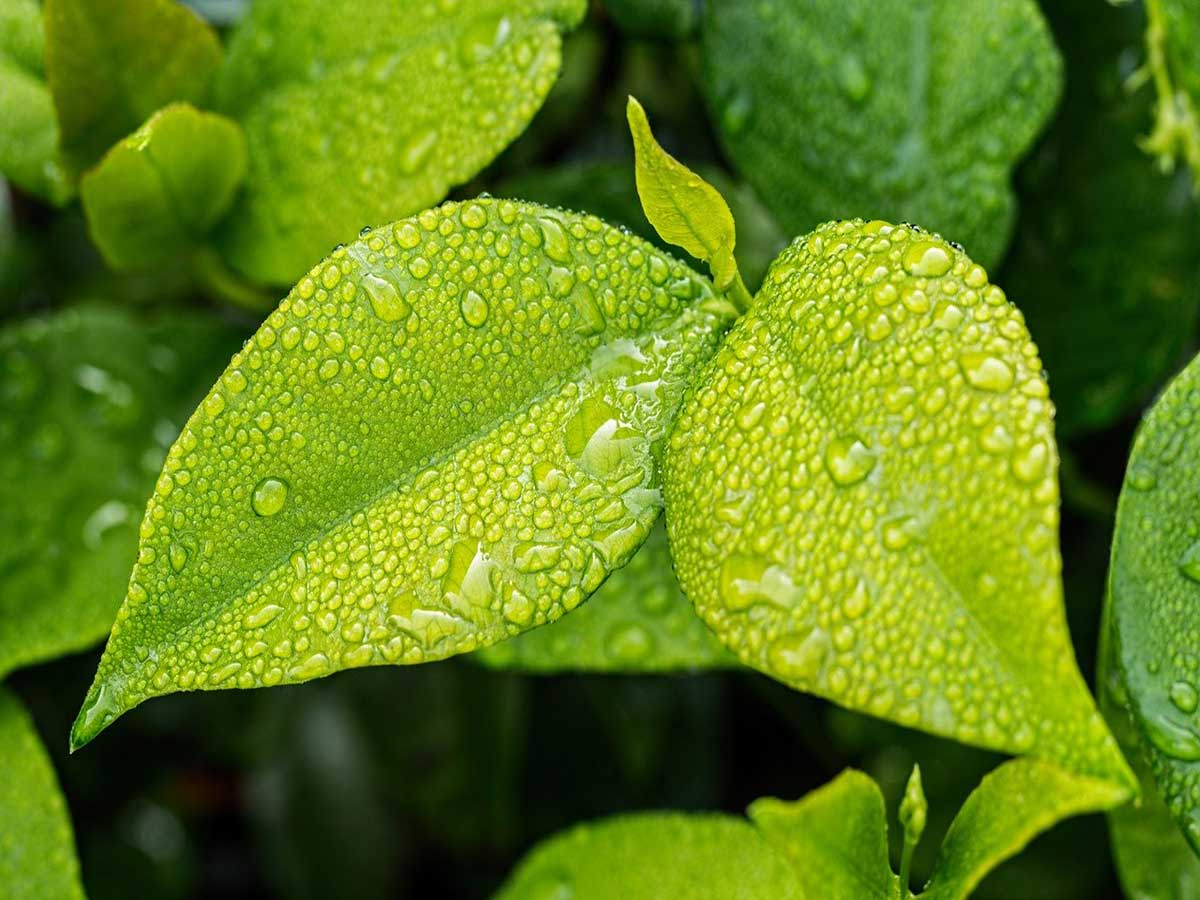
There are certain plants that, unfortunately, cannot survive on calcareous water. And that is the type of water that we have in many parts of the world, for example, in the Mediterranean region. The best water for all plants is rainwater, but of course, not in all places it rains enough to be able to use it throughout the year, so ... if we cannot use tap water and neither can rainwater, what do we do?
The answer is simpler than it seems, because you just have to acidify it. Let's see how to acidify irrigation water easily and quickly.
Plants that need acidic irrigation water
There are many species that need this type of water. Such as the following:
- Acer palmatum
- Gardenia spp. (all species)
- Rhododendron sp. (all species)
- Pieris sp (all species)
- Lagerstroemia sp. (all species)
- Hydrangea sp. (all species)
- liquidambar sp. (all species)
In case of doubt, it will suffice observe the leaves of the plant. If they start to look chlorotic, that is, with very marked nerves, green in color, but all the rest of the leaf looks yellowish, it is because it urgently needs iron - it is usually the most common - or magnesium.
To prevent the problem from escalating, it is advised use substrates with low pH (between 4 and 6, maximum 6,5), fertilize with fertilizers for acidophilic plants in spring and summer, and also acidify the irrigation water.
How to acidify irrigation water easily?

If we have plants that need acidic water, it is not necessary to complicate much to give it. Actually, it will be enough to try any of these three tricks:
- One of them consists of add the liquid of half a lemon to 1 liter of water, and stir well to mix.
- The second consists of add a tablespoon of vinegar to 1 liter of water, and stir.
- The third consists of fill a bucket or basin with water, let it sit overnight, and the next day use the water from the upper halfas it will not have as many heavy metals. Of course, this trick will only work if the tap water does not have a too high pH, but over 7. If you do not know what pH the water has, you can get pH strips (for sale here) or a digital meter (that you can find for sale here).
What are the acids most used in agriculture to lower the pH of water?
There are some acids that serve to improve water quality. Here we are going to learn how to acidify irrigation water in agriculture. The addition of acids in the water has the main objective of correcting the pH of the water and being able to neutralize it. It also serves to provide a greater amount of nutrients to the crops. At this concentration there is no damage to the crops and the solution is lowered to a pH of 5.5 to 6.5, that is, slightly acidic.
The most common acids used to learn how to acidify irrigation water are nitric, phosphoric, and sulfuric.. The latter is more used for being the most economical, although the previous two are used in protected horticulture because they have the function of providing nutrients and acidifying the soil. To choose the acid to be used, the following characteristics must be taken into account: first of all, that it is an easy-to-use acid. Second that it is safe and third that it has a low cost than I can provide enough nutrients for plants.
To improve water quality are often used as raw material for the production of nitrogen fertilizers, although it also serves to lower the pH of the water. In the agrochemical market we can find different acid purities and concentrations. Industrial grade acid is normally used for agricultural use, while reagent grade is used for laboratory use.
High alkalinity water problems

We know that the quality of water for agricultural use is one of the most crucial aspects and that it affects the growth and development of vegetables. Currently, most of the water used in the sector must be given first in order to prevent possible problems that may arise in the soil or substrate. Most of the water used in agriculture is used for irrigation and fertigation. The direct problems related to the quality of the water are usually the following: salinity, sodium, alkalinity and toxicity by specific ions.
All these limitations in water can be measured with some parameters that are related to water quality. These only following parameters: electrical conductivity, pH, concentration of potentially toxic elements and sodium adsorption ratio. Carbonates and bicarbonates are salts that are present in water and if the concentration is increased, the pH can also increase. It should be noted that alkalinity and water pH they are two factors related to each other but they are not the same. The confusion between a high pH and a high alkalinity is mainly due to the fact that water is called as alkaline water as long as it has a pH higher than 7. It is also called having high alkalinity if it has a high concentration of bases.
There are some risks when using highly alkaline water in irrigation systems without any prior treatment. There is a risk of clogging of the droppers because the bicarbonate bicarbonates precipitate the cations that are present in the water and form low solubility compounds such as calcium carbonate, calcium bicarbonate, sodium and magnesium. What's more, too high a pH in the water affects the availability of the nutrients that the plant needs such as zinc, iron and manganese.
I hope that with this information you can learn more about how to acidify water and what it does so that you can water your plants with the irrigation water they need.

Hi Monica, as an anecdote I tell you that I acidified the irrigation water from a recycled drum with lemon (I share the balcony and the plants with my mother) and left it to rest overnight. One week using this technique, and spots appeared on the semi-transparent inner walls of the drum. Of course, I told my mother that they are mushrooms haha she would be mad if she found out that she was a victim of my experiments. All the best.
Hello Gabriel.
Curious what you comment. Well look, a redecorated jerry can heh heh 🙂
A greeting.
Is that water useful for carnivorous plants?
Hello Sergio.
The water must be acidic, but it must also be poor in salts, so it is advisable to use distilled or rain water. The air conditioning also works.
Greetings.
the peels of a fruit such as orange or tangerine, that they are squeezed…. Is it possible on an azalea?
Yes, they can be very, very good 🙂
Or else tell me how to revive an azalea that looks dry or scorches. It is on the ground and its flowers are pink and another that is white. Don't make me buy anything because there is no money.
I have also read that in 4 liters of water (3,800 liters), it is mixed with 250ml of vinegar of mzna. or wine (not alcohol). Does this work for azaleas?
Hello Walter.
All the azaleas They are plants that need acidic soil and acidic water. But the yellow leaves can be due to a problem with irrigation (lack or excess), or by a soil that does not absorb water quickly. Here you have more information about it.
So, once you know what has caused the problem, if the problem is finally that the water is too hard, you can mix it with vinegar or oil. The amount will depend on how hard the water is. But for example, if it is not suitable for consumption, it is possible that the mixture you mention will work well for your plant.
Greetings.